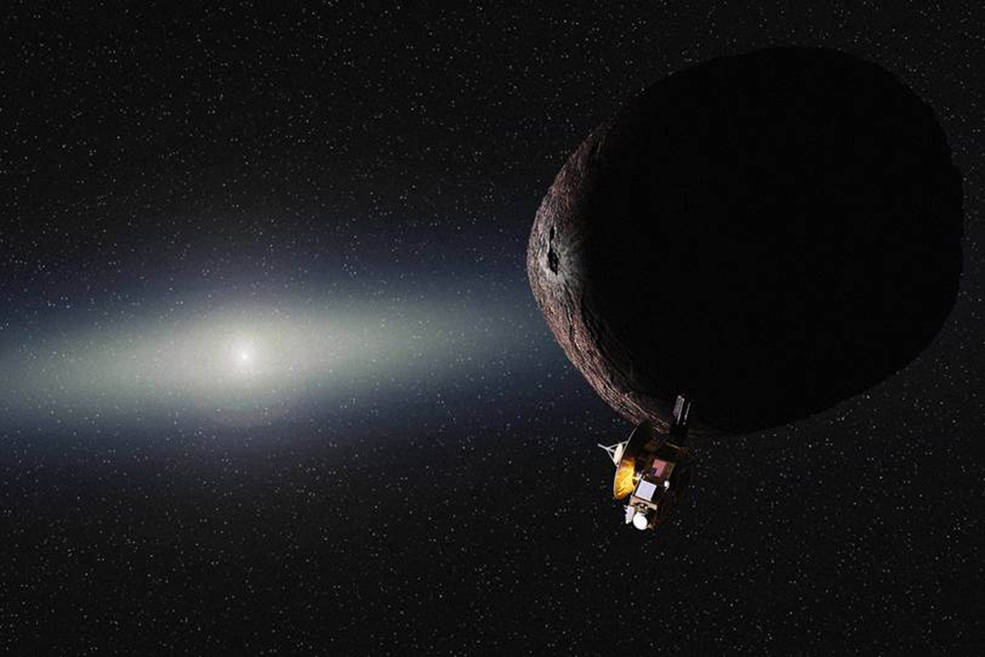-
Tips for becoming a good boxer - November 6, 2020
-
7 expert tips for making your hens night a memorable one - November 6, 2020
-
5 reasons to host your Christmas party on a cruise boat - November 6, 2020
-
What to do when you’re charged with a crime - November 6, 2020
-
Should you get one or multiple dogs? Here’s all you need to know - November 3, 2020
-
A Guide: How to Build Your Very Own Magic Mirror - February 14, 2019
-
Our Top Inspirational Baseball Stars - November 24, 2018
-
Five Tech Tools That Will Help You Turn Your Blog into a Business - November 24, 2018
-
How to Indulge on Vacation without Expanding Your Waist - November 9, 2018
-
5 Strategies for Businesses to Appeal to Today’s Increasingly Mobile-Crazed Customers - November 9, 2018
New Horizons’ next target after The Pluto flyby revealed
It was able to return not only new images and data of Pluto, but also of its moons Nix, Charon, Styx, Hydra, and Kerberos.
Advertisement
This KBO orbits the Sun once every 293 years and is estimated at 30 miles (48 km) in diameter, that’s more than 10 times larger and 1,000 times more massive than typical comets, but only about 0.5 to 1 percent of the size of Pluto.
2014 MU69 is about one billion miles beyond Pluto, and it’s thought to be one of the building blocks that causes dwarf planets such as Pluto to form.
Alan Stern, principal investigator for New Horizons at the Southwest Research Institute in Boulder, said NASA’s selection of 2014 MU69 is “a great choice” for the secondary mission. Because New Horizons has very little fuel left, there’s has a short window of opportunity to point New Horizons in the right direction – if it’s not made sometime this fall, the spacecraft might miss its target years from now.
A new video gives viewers a spacecraft’s-eye view of what it was like to fly by Pluto.
The Kuiper Belt region of the solar system extends beyond the orbit of Neptune.
Like all Nasa missions that have finished their main objective but seek to do more exploration, the New Horizons team must write a proposal to the agency to fund a KBO mission.
John Grunsfeld, head of NASA’s Science Mission Directorate and an astronaut himself, said that the KBO flyby is expected to be less expensive than the Pluto encounter, which was New Horizons’ primary mission.
KBO’s are supposed to be representative of a deep-frozen, well preserved sample of how the outer solar system appeared when it was formed 4.6 billion years ago. During its closest approach, the spacecraft snapped images and gathered as much data as it could.
New Horizons launched in 2006 to explore Pluto and its moons, but the mission team has been looking for another potential destination in the Kuiper Belt since 2011. If the mission is extended, then New Horizons will meet its space friend in early 2019. While the images will not reveal the same detail expected from the January 1, 2019, flyby, the observations will be better than possible with the Hubble Space Telescope, he said.
Advertisement
Pluto, the most famous dwarf planet in our solar system, underwent a well-publicized (and somewhat controversial) reclassification that took away its title as the ninth and most distant planet from the Sunday.




























